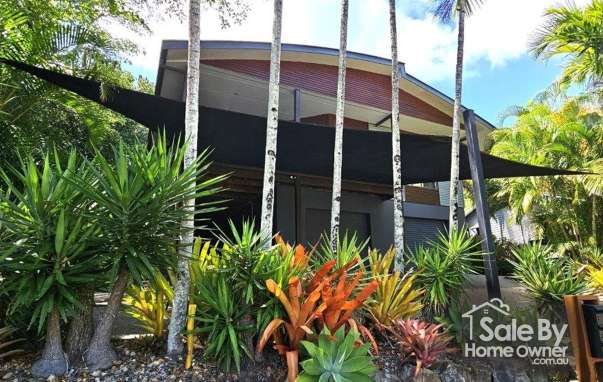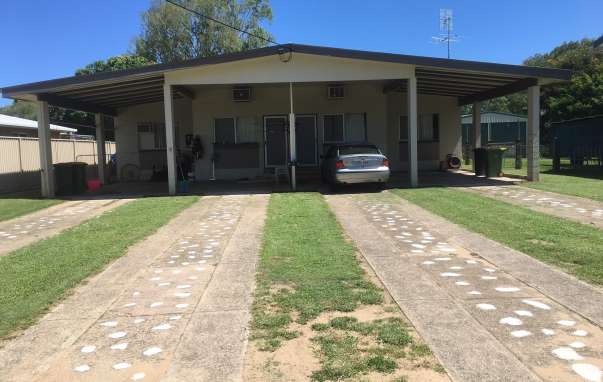Selling a property in New South Wales is a major milestone—and to do it right, you need to stay organised and proactive from start to finish. A well-structured plan not only saves you time and stress but can also help you achieve a better result on the market. Whether you’re downsizing, relocating, or simply ready for a change, having a detailed guide in place is essential.
Here’s what you need to include on your NSW seller’s checklist to ensure a smooth and successful home sale.
1. Get Your Property Ready
First impressions matter. Before listing your property, take time to prepare it thoroughly. Start by decluttering each room and storing personal items to make the space feel neutral and inviting. Deep clean the home, paying special attention to kitchens, bathrooms, and outdoor areas.
Small updates—like a fresh coat of paint, minor repairs, or updated light fixtures—can boost appeal without breaking the budget. Presentation is everything, especially in a competitive market.
2. Order a Contract of Sale
In NSW, you legally need a contract of sale before advertising your property. This document includes the title deed, zoning certificate, and other legal disclosures. A licensed conveyancer or solicitor can prepare it for you.
Don’t skip this step—it’s a non-negotiable part of any legitimate NSW seller’s checklist and will prevent legal issues later.

3. Set a Realistic Asking Price
Pricing your property correctly is one of the most important decisions you'll make. Research similar recent sales in your area and consider having your home professionally appraised. While it’s tempting to aim high, overpricing can turn buyers away and lead to a stale listing.
A fair, well-researched price attracts more interest and increases your chances of getting solid offers.
4. Take Professional Photos
A picture is worth more than a thousand words—it can be worth thousands of dollars when selling a home. Professional photography highlights your home’s best features, draws attention online, and gives you a competitive edge.
If you’re listing with For Sale By Home Owner, the platform can guide you in uploading high-quality images that make your property stand out on all major real estate websites.
5. Write a Strong Online Listing
Buyers are browsing online day and night. Your property description needs to grab their attention quickly and clearly. Focus on key selling points such as the number of bedrooms and bathrooms, location benefits, and standout features like a pool, renovated kitchen, or open-plan living.
Use active language and include your best images early in the listing. Don’t forget to include nearby amenities, transport links, and school zones to show off your property’s lifestyle appeal.
6. Choose How You Want to Sell
Decide if you want to sell privately or through an agent. Many homeowners in NSW are choosing to go the private route with platforms like For Sale By Home Owner, which lets you take control of your sale without paying high commissions.
You’ll still have access to major sites like realestate.com.au and Domain, while keeping more money in your pocket.

7. Schedule Open Homes and Inspections
Once your listing is live, plan open homes or private inspections at convenient times. Make sure your home is clean, tidy, and well-lit for every showing. Fresh flowers, soft music, and natural scents can make your home more inviting and memorable to visitors.
Be prepared to answer questions about the property, including rates, strata fees (if applicable), and recent updates.
8. Be Ready to Negotiate
You may receive offers quickly, or it might take time. Either way, be prepared to negotiate confidently and professionally. Consider in advance what terms you're willing to accept, including settlement timeframes and price flexibility.
Don’t feel pressured to accept the first offer unless it meets your expectations. Stay calm and consult your solicitor or conveyancer before signing anything.
9. Accepting an Offer and Exchanging Contracts
Once you’ve accepted an offer, both parties will sign the contract of sale. The buyer will typically pay a deposit (usually 10%) at this stage. After contracts are exchanged, there’s a cooling-off period (typically five business days), unless waived or altered.
It’s essential that this step is handled legally and thoroughly. Your legal representative will help manage the exchange process, including reviewing any conditions.
10. Prepare for Settlement
Settlement usually occurs 4–6 weeks after contract exchange. During this time, the buyer arranges their finance and final inspection. You’ll need to ensure your home is in the agreed condition and vacated by the settlement date.
On settlement day, legal ownership transfers to the buyer, and you receive the sale proceeds—congratulations, your home is officially sold!
Conclusion
A detailed NSW seller’s checklist helps streamline the entire home-selling journey. From preparing your property and setting a price, to managing legal documents and negotiating offers, staying organised ensures everything runs smoothly. Whether you’re working with an agent or going the DIY route, platforms like For Sale By Home Owner make it easier than ever to sell your property efficiently and confidently.





Comments